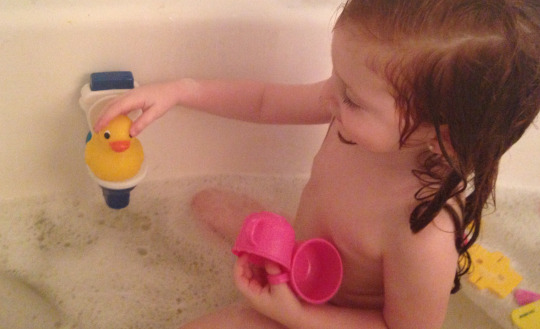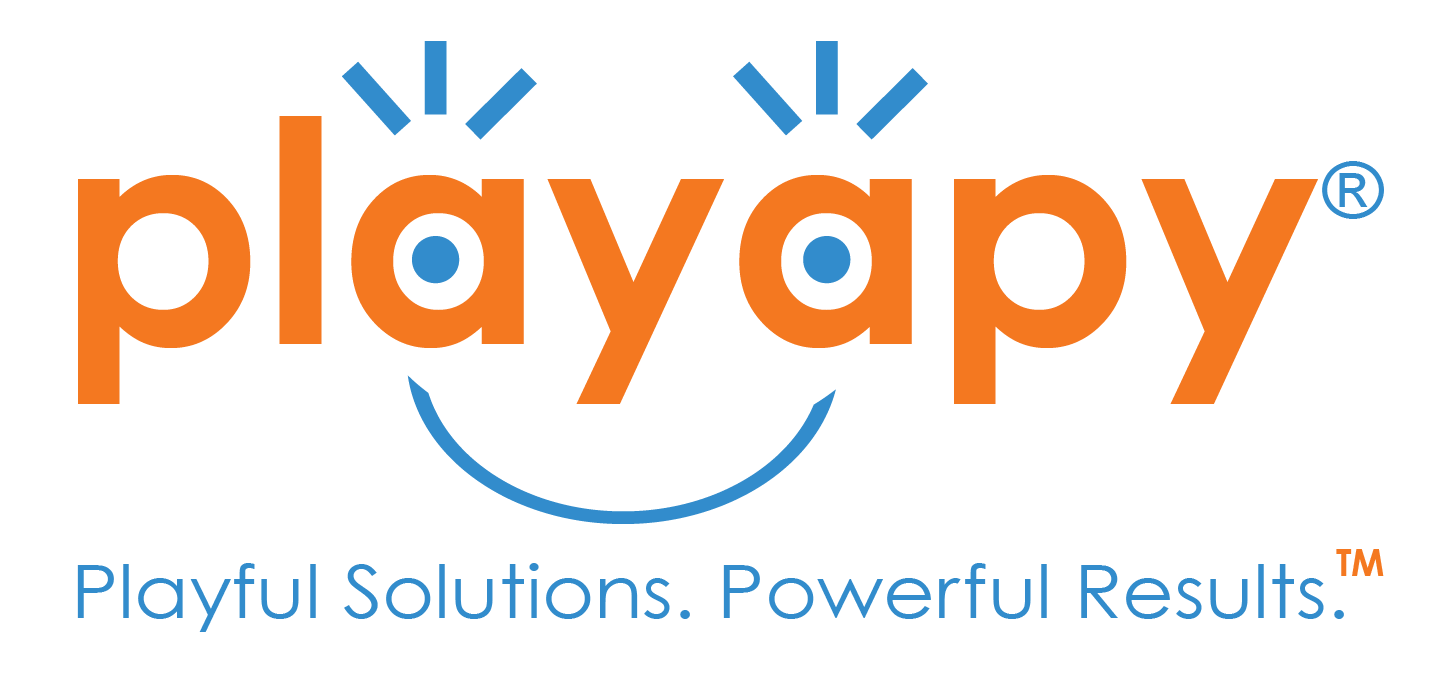
12 Dec Potty Training: A Fun and Fast Way
Since the invention of the disposable diaper in the 1940’s, parents have both struggled with and enjoyed the benefits of teaching their children how to toilet train with greater convenience. However, in 1999 the New York Times published an article stating that the age at which children are diaper-free is steadily increasing since 1957 when 92% were toilet trained by 18 months. In fact, Ambulatory Pediatrics Journal later published in 2001 that the current average age of potty training completion in the US is 35 months for girls and 39 months for boys.
A New Twist on Traditional Toy
The most common complaint I hear from parents about the increase in age for potty training is the cost of diapers. Additionally there is the added risk of diaper rashes, diaper-associated infections, and the struggle to find childcare services given the toilet-trained requirement many have. So how can parents move past the diaper stage sooner than later? The important thing to remember is that training can start at relatively any age, but the expectations and goals are dependent of the stage of development. For instance, a child can be taught how to urinate into a toilet as an infant, but that child cannot walk into the bathroom, pull down pants, or flush the toilet independently. Hence your definition of success will depend on your goal. If we use a more traditional definition of training based on the American Academy of Pediatrics (2006), we can expect that most children are not ready to begin training until 18-24 months. Signs for readiness can include a dry diaper after napping, the child following parent into bathroom, and the child being able to sit and stand from a potty seat independently.
Multi-Sensory Approach
As an occupational therapist that uses a multi-sensory approach to learning through play, I would suggest the same for toilet training as well. Children can learn through kinesthetic, auditory, and visual learning styles, which are respectively synonymous with physical touch, hearing, and seeing. Recently I came across a great toy that fortunately incorporates all three of these simultaneously. The Potty Duck is a hands-on water toy for potty training. Children get to help the duck go potty during play or bath time. They see and hear the water flowing from the duck as they squeeze it and also use physical touch to press a button flushing a miniature plastic toilet. They then associate this activity with the duck and sit on their own potty and soon learn to go. Eager to test it, I asked Amy Palma-Ernst, a Miami makeup artist and realtor, to use Potty Duck with her two-year-old daughter Bella. Amy praised the toy stating,
“She likes it a lot. I’d advise starting it a few months before potty training begins to teach the concept of the duckie going pee-pee in the potty.”
Bella is still in the process of toilet training, but Amy believes the Potty Duck helps her to understand the concept in a fun and interactive way.
In general, I would suggest introducing a toy like this or others in a calm and relaxed environment when your child is cooperative and not suffering from any illnesses. If you have difficulty with toilet training after the age of three, consider speaking with your pediatrician and consulting with an occupational therapist. I hope
you find this tip helpful. Have a playful day!
Amy Baez, MOT, OTR/L
Amy Baez is a pediatric occupational therapist, award-winning author, and founder of Playapy. For more information about Potty Duck, visit www.pottyduck.com.
